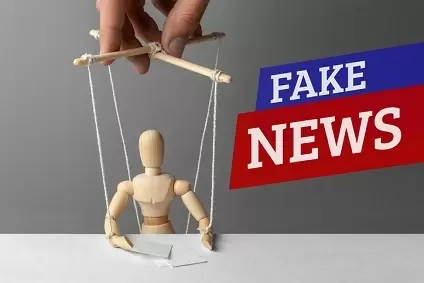
Views: 9
– Recognizing false reports quickly is a challenge, given the amount of information on the network. However, there are some methods that can be used to identify some of the so-called counterfeits, here’s how.
Minapim by Hernan Valenzuela: The main objective of fake news is to manipulate the reader, the fake news, now spread widely through social networks. It doesn’t always have to be a false message that causes misinformation. A photo shared in the wrong context can also be called fake news.
Check the sender
Before sharing a post, carefully look at the sender’s profile. How long has the Twitter / Facebook account been in existence and what tweets / posts have been placed there so far? How many friends or followers does he have? Few followers and very new profiles cause skepticism.
Contributions published so far should also be checked. Are tweets and posts consistent in terms of time and content? Who are the followers / friends? Does the account have a blue verification link?
See photos and videos
In general, it is advisable to look closely at photos online. Was the photo actually taken at the specified location? Billboards, road signs and license plates can give clues about the place.
Reverse image search can expose a lot of fake content and content shared in the wrong context. Is the photo the first photo of a plane that crashed, or does it show the wreckage of another plane? Uploading photos in search engine image search shows the sites where the photo is integrated.
A reverse image search is performed by entering the image URL or by right-clicking the photo (in the dialog window, select the option “Search this image on Google“. The search results provide the first indications of the author, date of publication and context. Tineye and RevEye also offer “reverse image” searches.
If you have multiple copies of a video, Amnesty International’s YouTube Dataviewer can help you find the original version. It not only shows the actual upload time, but also extracts the preview images from the clip.
This can be done using an integrated reverse image search. If there is only one search result, it is easier to find the author. If there are multiple results, you can generally assume that the image with the highest resolution is the original.
Check URL
There are cases where fake reports appear in the design of well-known media brands. A look at the web address on the browser line helps here. The URL usually differs from the original by adding it as a hyphen or an extension like .net.
Basically, you should look at a report’s date and insert the header into a search engine. There are other media reports on the case, there are several sources. There you will find an argument to criticize the news.
Related article: Technology fighting against misinformation “fakenews”